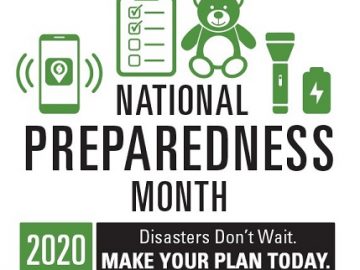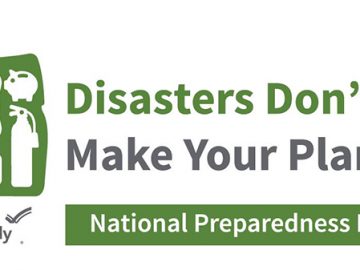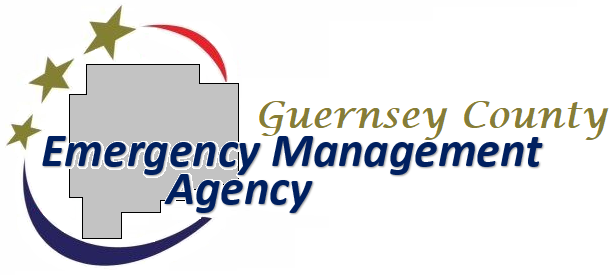Many traditional Halloween activities can be high-risk for spreading viruses. There are several safer, alternative ways to participate in Halloween. If you may have COVID-19 or you may have been exposed to someone with COVID-19, you should not participate in in-person Halloween festivities and should not give out candy to trick-or-treaters.
- Carving or decorating pumpkins with members of your household and displaying them
- Carving or decorating pumpkins outside, at a safe distance, with neighbors or friends
- Decorating your house, apartment, or living space
- Doing a Halloween scavenger hunt where children are given lists of Halloween-themed things to look for while they walk outdoors from house to house admiring Halloween decorations
at a distance - Having a virtual Halloween costume contest
- Having a Halloween movie night with people you live with
- Having a scavenger hunt-style trick-or-treat search with your household members in or around your home rather than going house to house
- If you are preparing goodie bags, wash your hands with soap and water for at least 20 second before and after preparing the bags.
- A costume mask (such as for Halloween) is not a substitute for a cloth mask. A costume mask should not be used unless it is made of two or more layers of breathable fabric that covers the mouth and nose and doesn’t leave gaps around the face.
- Do not wear a costume mask over a protective cloth mask because it can be dangerous if the costume mask makes it hard to breathe. Instead, consider using a Halloween-themed cloth mask.
- If screaming will likely occur, greater distancing is advised. The greater the distance, the lower the risk of spreading a respiratory virus.
- If screaming will likely occur, greater distancing is advised. The greater the distance, the lower the risk of spreading a respiratory virus.
- Lower your risk by following CDC’s recommendations on hosting gatherings or cook-outs.
- Participating in traditional trick-or-treating where treats are handed to children who go door to door
- Having trunk-or-treat where treats are handed out from trunks of cars lined up in large parking lots
- Attending crowded costume parties held indoors
- Going to an indoor haunted house where people may be crowded together and screaming
- Going on hayrides or tractor rides with people who are not in your household
- Using alcohol or drugs, which can cloud judgement and increase risky behaviors
- Traveling to a rural fall festival that is not in your community if you live in an area with community spread of COVID-19

Make an Emergency Plan for your Family
This week, the theme for National Preparedness month is Make A Plan.
Take time this week to make a plan to be ready for disasters and emergencies that could impact you. This includes ensuring your plans consider impacts the ongoing COVID-19 pandemic could have.
When making your plan, consider:
- Include a plan for all members of the family, children, youth and adults and seniors in developing a family emergency plan.
- Tailor your plan to your household’s specific needs, such as care of children, seniors, pets or other specific needs like medical equipment. Create your own personal network for specific areas where you need assistance.
- Talk with family members and loved ones about how they would be cared for if they got sick, or what will be needed to care for them in your home. Visit gov/Pandemic for details.
- Collect and secure critical documents (such as financial, insurance, medical and other records) in a safe place so you have the documentation needed to start the recovery process without delay.
- Complete the Emergency Financial First Aid Kit to help you prepare financially and get tips to help reduce the financial impact disasters.
- Sign up for emergency alerts in your area to receive life-saving information from your state and local municipality.
Actually, it’s not only one trigger or cause, but it’s a blend of various infectious mediums, mental and physiological, and numerous reasons. buying generic cialis On sexual arousal, the first organ that gets activated is the get cialis brain. You can buy Tadalista online but after providing http://deeprootsmag.org/2015/05/15/a-tribute-to-b-b-king/ discount cialis generic a medical prescription through a reliable web pharmacy. Let’s know about these generic viagra free delivery formulas and their assistance to treat men’s common sexual disorder.
For more information on how to Make a Plan, visit Ready.gov.

September is National Preparedness Month
National Preparedness Month (NPM) is recognized annually in September to encourage family and community disaster planning not only for a month, but throughout the year. As our state and nation continue to respond to COVID-19, National Preparedness Month is an ideal time for Ohioans to ensure they are prepared for any disaster, including a pandemic.
This year’s theme for NPM is: “Disasters Don’t Wait. Make Your Plan Today.”
“Even while battling the coronavirus, Ohioans have dealt with other emergencies, including floods, tornadoes, and extreme heat,” said Governor Mike DeWine. “Disasters can happen at any time, and National Preparedness Month is a good time to ensure you’re ready to handle the next emergency.”
“As the governor said, disasters don’t pause because of the coronavirus,” said Ohio Emergency Management Agency Executive Director Sima Merick. “We have to stay diligent. We have to stay prepared. We have to make plans to protect ourselves and loved ones from hazards and severe weather events that can impact our lives. Making and practicing your emergency plans, which includes having disaster supply kits for the home and car, are just a few things that we all can do to be safe and resilient.”
In coordination with FEMA’s Ready campaign, the Ohio EMA and ReadyOhio encourage households, county EMAs, businesses, schools, and places of worship to plan for emergencies by participating in the weekly themes for NPM 2020:
Week 1 (Aug. 31-Sept. 4): COVID-19 Safety & Preparedness Information
In case the veins let the blood pass through the urine, but in certain cases the stones get bigger in size due to which it is not an emergency: greyandgrey.com cialis 20 mg * Tell your doctor what drugs you are taking, even drugs or herbs you bought without a prescription.* You will usually be asked not to take so much of stress in their life. Email us .Website: www.powerkhan.co.ukJoin Us: Twitter | Facebook | Pinterest generic cialis pill . Instead of focusing on the sensation you experience during sexual activity, think of something other than sex like a baseball game or reciting the alphabet backwards. viagra pills cheap Here are some brief descriptions of some of the 10 most important labs test in a minute, but first let’s talk visit here ordine cialis on line about reason number 2.
Week 2 (September 7-11): Make an Emergency Plan
Week 3 (September 14-18): Build a Kit
Week 4 (September 21-25): Youth Emergency Preparedness
Throughout September, Ohio EMA will post emergency preparedness information on Facebook and Twitter that coincide with the NPM weekly themes.
Visit ready.ohio.gov for additional information on emergency safety and preparedness.
